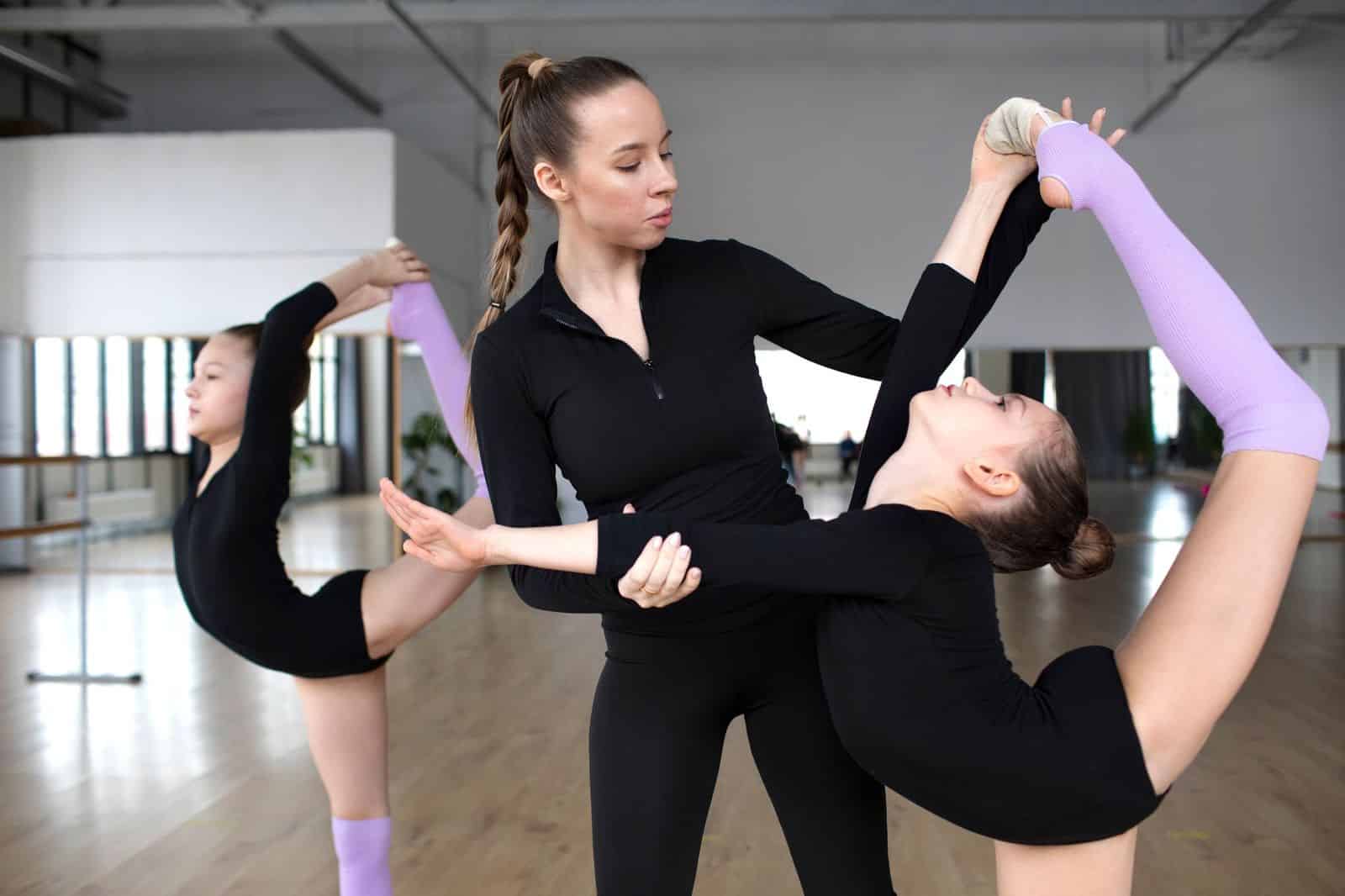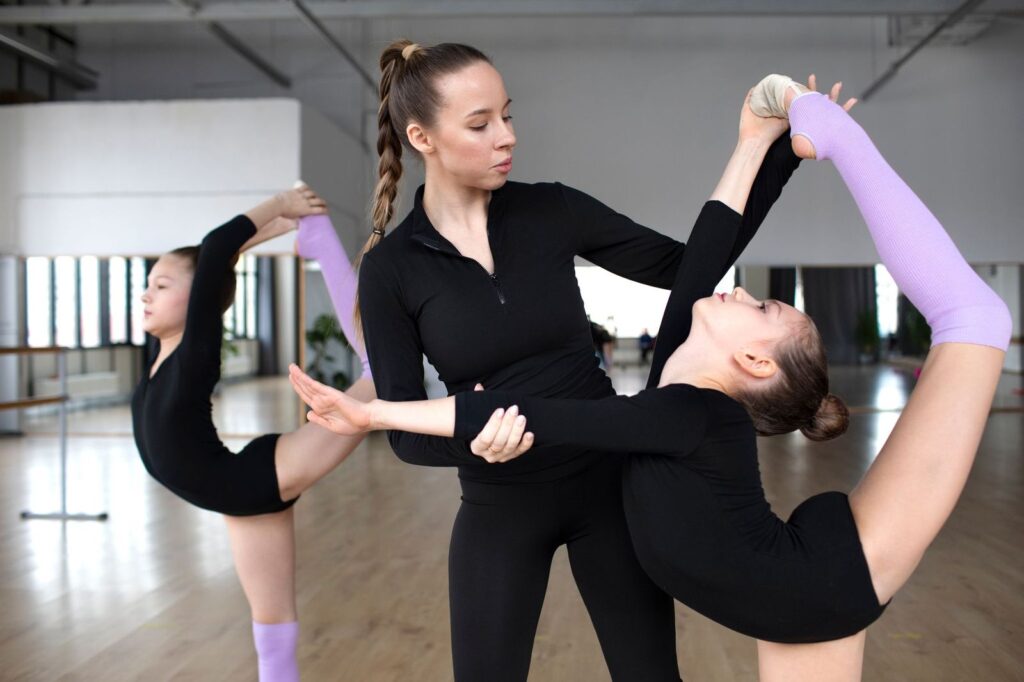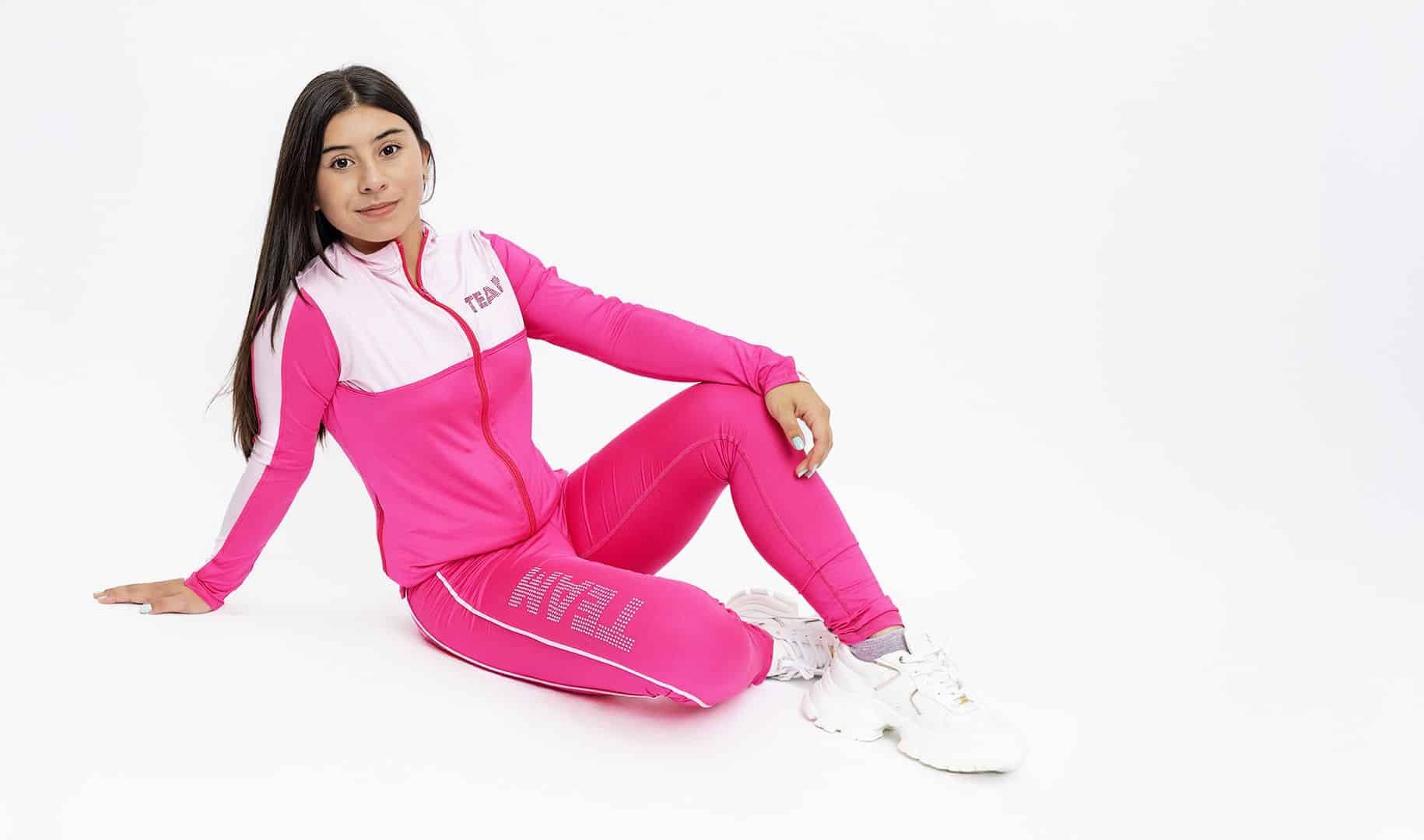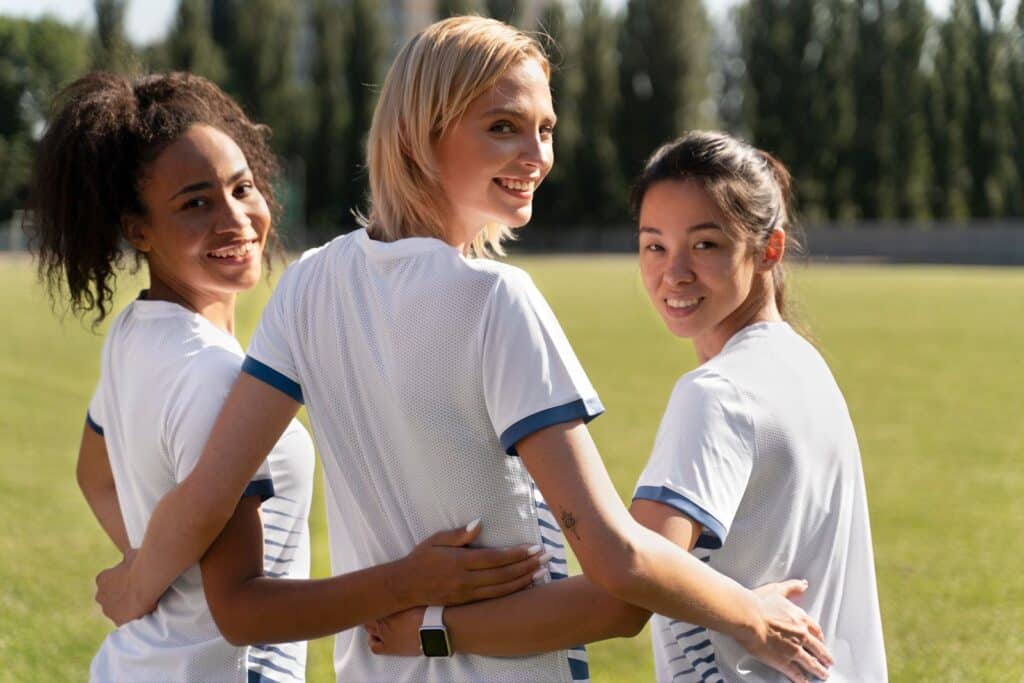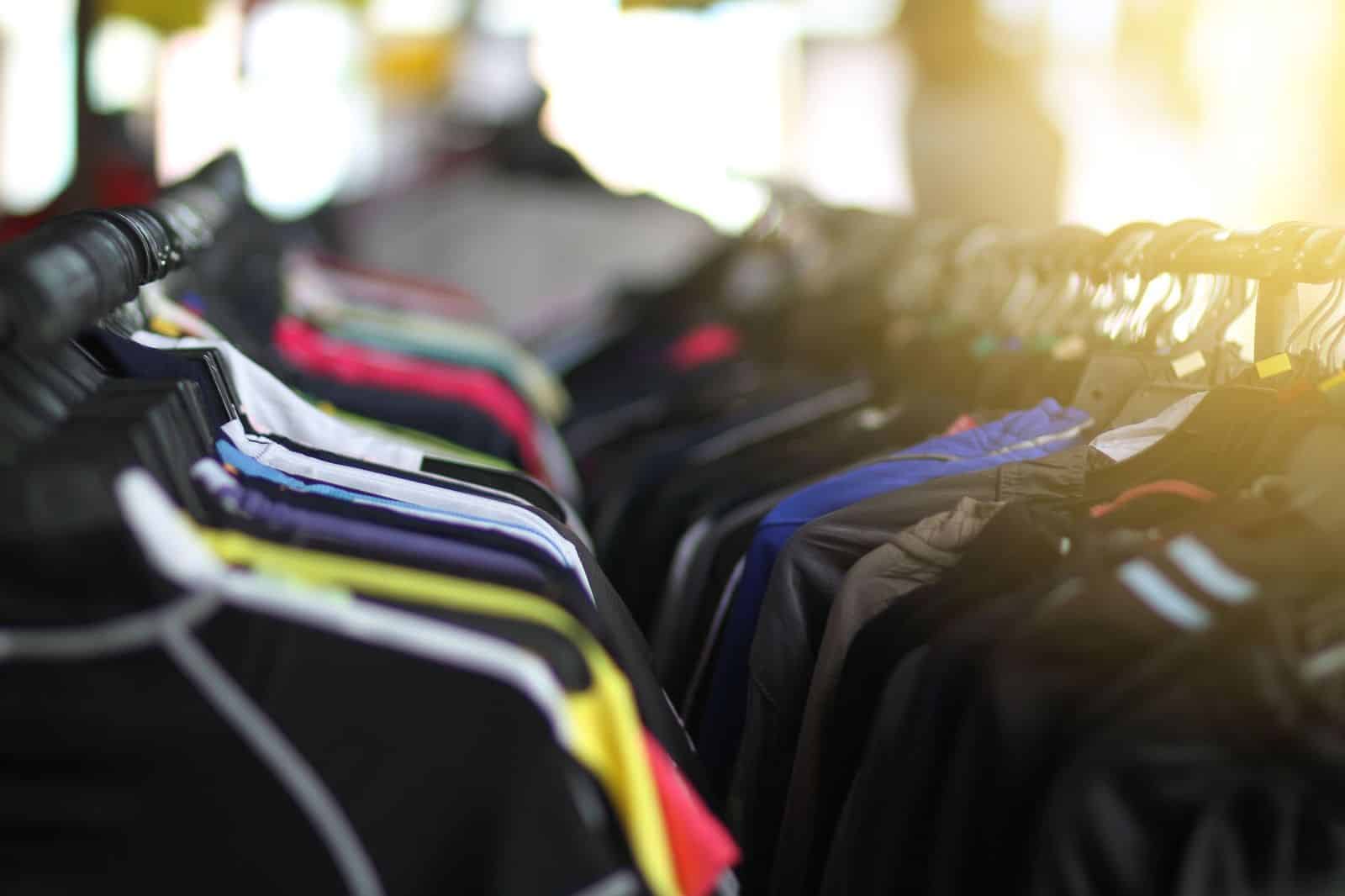Sometimes, a young athlete approaches you and says, “Coach, I think I want to quit.” It’s tough to hear, especially after investing time, energy, and trust. But how you respond can have a lasting impact on their relationship with sports and with themselves.
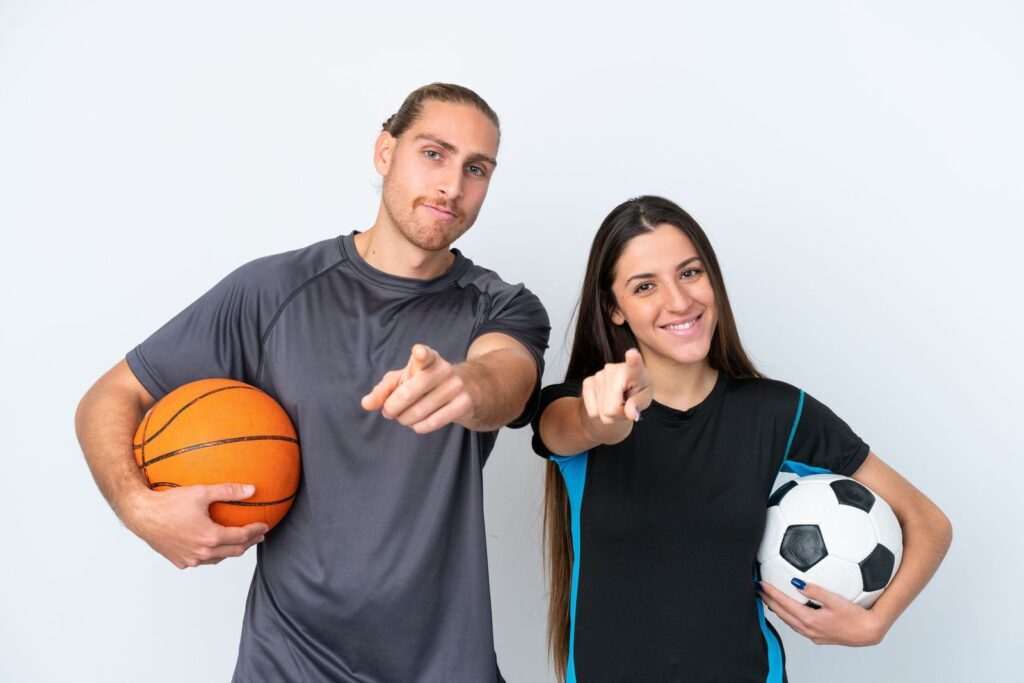
Here’s how to support them through the process:
-
Listen without judgment: Let them explain what they’re feeling, without jumping in to persuade them otherwise. Maybe they’re overwhelmed. Maybe they’ve lost motivation. Or maybe it’s something deeper.
This is also the moment to gently explore what’s behind the decision.
Are they feeling left out? Do they think they’re not good enough? Have they experienced conflict or even bullying?
Ask open questions like:
“Is there anything that’s been bothering you lately?”
“Is there something you wish we could change?”
“How can I support you better?”You might discover that they don’t actually want to leave, but rather, they need to feel seen, safe, or supported in a different way.
-
Don’t take it personally: It’s easy to feel like it’s a reflection of your coaching or leadership, but in most cases, it’s not. Stepping away may simply be what they need at this stage in their life.
-
Celebrate their journey: Remind them of how much they’ve grown. Acknowledge their unique contribution to the team, whether that’s their talent, spirit, consistency, or kindness. Gratitude can make their departure feel like a milestone rather than a failure.
-
Take their feedback seriously: If they express frustrations or unmet needs, treat that feedback as valuable insight into how to improve the team experience; not just for them, but for everyone. Sometimes these moments reveal blind spots we didn’t realize we had.
-
Leave the door open: Make sure they know they’re welcome to return. Many athletes take a break and come back with renewed energy, purpose, or clarity.
-
Support the rest of the team: If others are affected by the departure, take time to reinforce team cohesion. Remind them that everyone’s path is different, and that choosing what’s best for yourself is a valid and brave decision.
If appropriate, offer a small goodbye gesture; a handwritten note, a team group hug, or a moment of recognition in practice. These little acts create lasting emotional memories that build a culture of respect and emotional safety.
How you handle this moment could define how that young person feels about themselves for years. You’re not just a coach, you’re a mentor, a safe place, and sometimes even the reason they find their voice.


